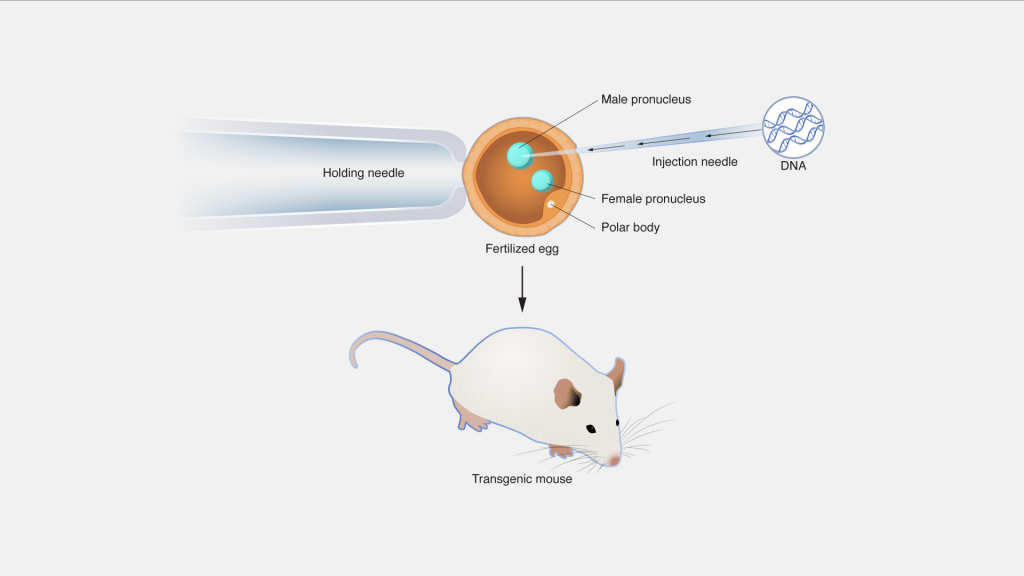Syllabus :GS 3/Science and Tech
In News
- U.S. President Donald Trump recently made a mistaken claim that $8 million had been spent on “making mice transgender,” which was later corrected to “transgenic mice.”
About
- Media reports clarified that the research involved hormone treatments for studies on hormone therapy, HIV vaccines, breast cancer, and other health areas—not for altering the gender of mice.
- Studies with transgenic mice have helped understand genetics, cancer, reproduction, and more. These mice are valuable in modeling diseases due to their genetic similarities to humans.
Transgenic organism
- It refers to an organism or cell whose genome has been altered by the introduction of one or more foreign DNA sequences from another species by artificial means.
- Transgenic organisms are generated in the laboratory for research purposes.

Applications
- Transgenic animals have been used to study genetic processes, such as the role of DNA in carrying genetic information and the link between oncogenes and cancer.
- Transgenic animals also help understand normal physiological processes and model human diseases for treatment development.
- Animals like goats and cows are engineered to produce therapeutic proteins, such as insulin.
- Transgenic crops have been produced that are resistant to infectious diseases and grow faster.
- It is used in bioremediation to break down pollutants like oil spills and heavy metals.
Challenges
- There are ethical concerns about animal welfare and the morality of genetic modification.
- There are chances of Potential environmental or health impacts, such as unintended gene flow or allergic reactions.
- The creation of transgenic organisms is expensive and technically challenging.
Conclusion and Way Forward
- Transgenic organisms offer great potential in medicine, agriculture, and environmental management but require careful handling of ethical, environmental, and regulatory concerns to ensure their responsible use.
Source :TH
Previous article
Call for Changing Collegium System